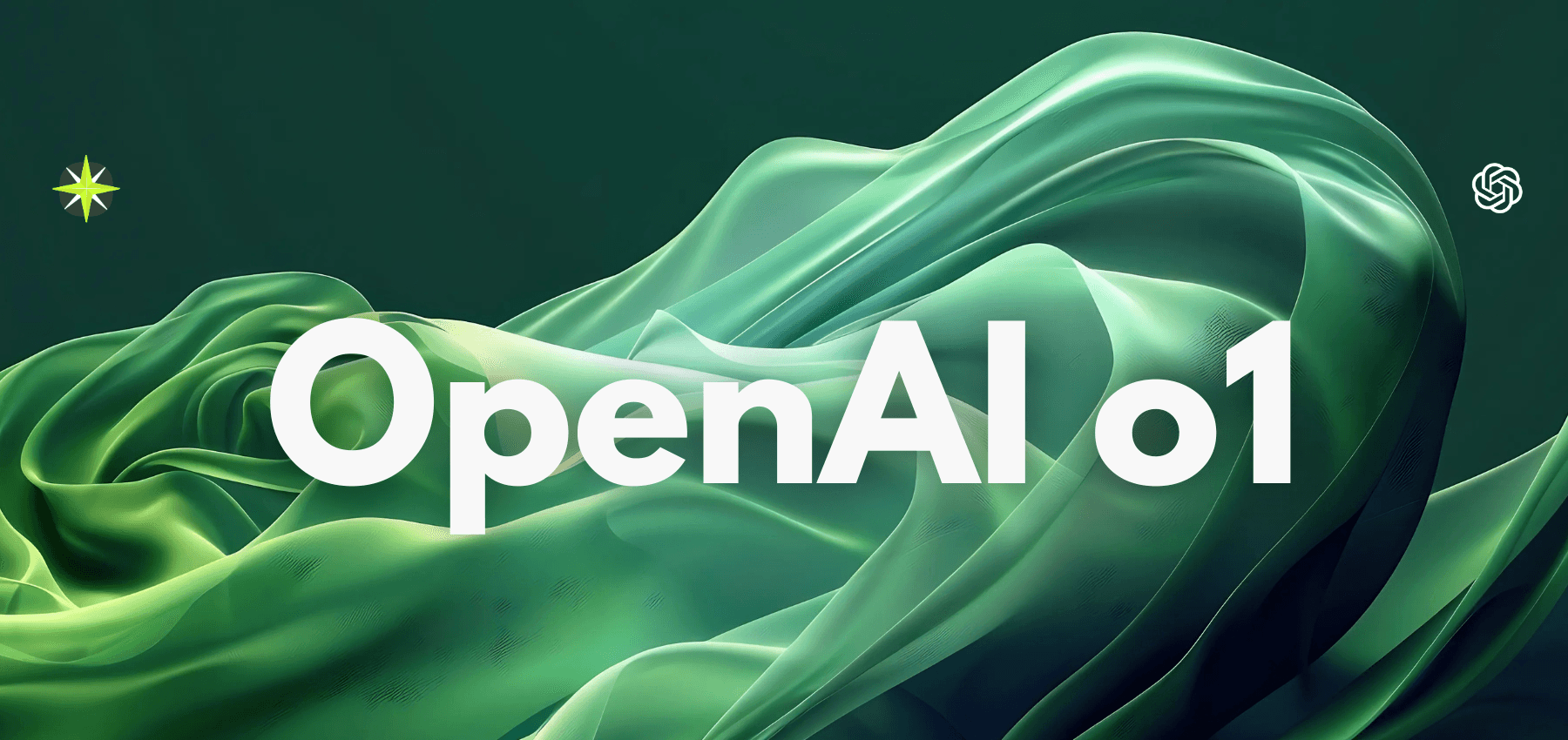
o1 Model
OpenAI's o1 model: Advancing AI reasoning for complex problem-solving.
Overview
OpenAI's o1 is a generative pre-trained transformer (GPT) model introduced to enhance AI's reasoning capabilities. Designed to "think" before responding, o1 excels in complex tasks across science, coding, and mathematics. A preview version, o1-preview, was released on September 12, 2024, with the full version becoming available to ChatGPT users on December 5, 2024.
Capabilities
Advanced Problem-Solving: Demonstrates superior reasoning skills, particularly in complex STEM-related queries.
Image Analysis: Provides advanced image analysis capabilities, allowing users to upload images and receive detailed responses.
Code Generation and Debugging: Assists in writing and debugging code, offering suggestions and identifying potential issues.
Mathematical Reasoning: Excels in solving complex mathematical problems, providing step-by-step solutions.
Key Benefits
Enhanced Reasoning: Delivers high-quality reasoning capabilities, improving accuracy in complex problem-solving tasks.
Improved Accuracy: Reduces errors in complex tasks by employing a deliberate and thoughtful response generation process.
Broad Accessibility: Available to ChatGPT Plus and Team users, with plans for wider availability, ensuring that advanced AI capabilities are accessible to a diverse user base.
How it works
Extended Processing Time: o1 allocates more time to process inputs, allowing for deeper analysis and understanding before generating responses.
Chain-of-Thought Reasoning: The model employs a "chain of thought" approach, internally deliberating through step-by-step reasoning to solve complex problems.
Reinforcement Learning Training: Trained using reinforcement learning techniques, o1 enhances its reasoning abilities by learning from a vast array of data and feedback.
Usage Scenarios
Educational Support: Assists students and educators by providing clear explanations and solutions to complex scientific and mathematical problems.
Research Analysis: Supports researchers by analyzing data, generating hypotheses, and providing insights across various scientific disciplines.
Technical Writing: Helps in drafting technical documents, manuals, and reports with precise and accurate information.
Conclusion
OpenAI's o1 model represents a significant advancement in AI-driven reasoning, combining deliberate processing with advanced problem-solving capabilities. Its design focuses on delivering high-quality responses in STEM fields, enhancing learning, development, research, and technical communication. By integrating o1 into various applications, users can leverage its strengths to foster innovation and productivity across multiple sectors.









